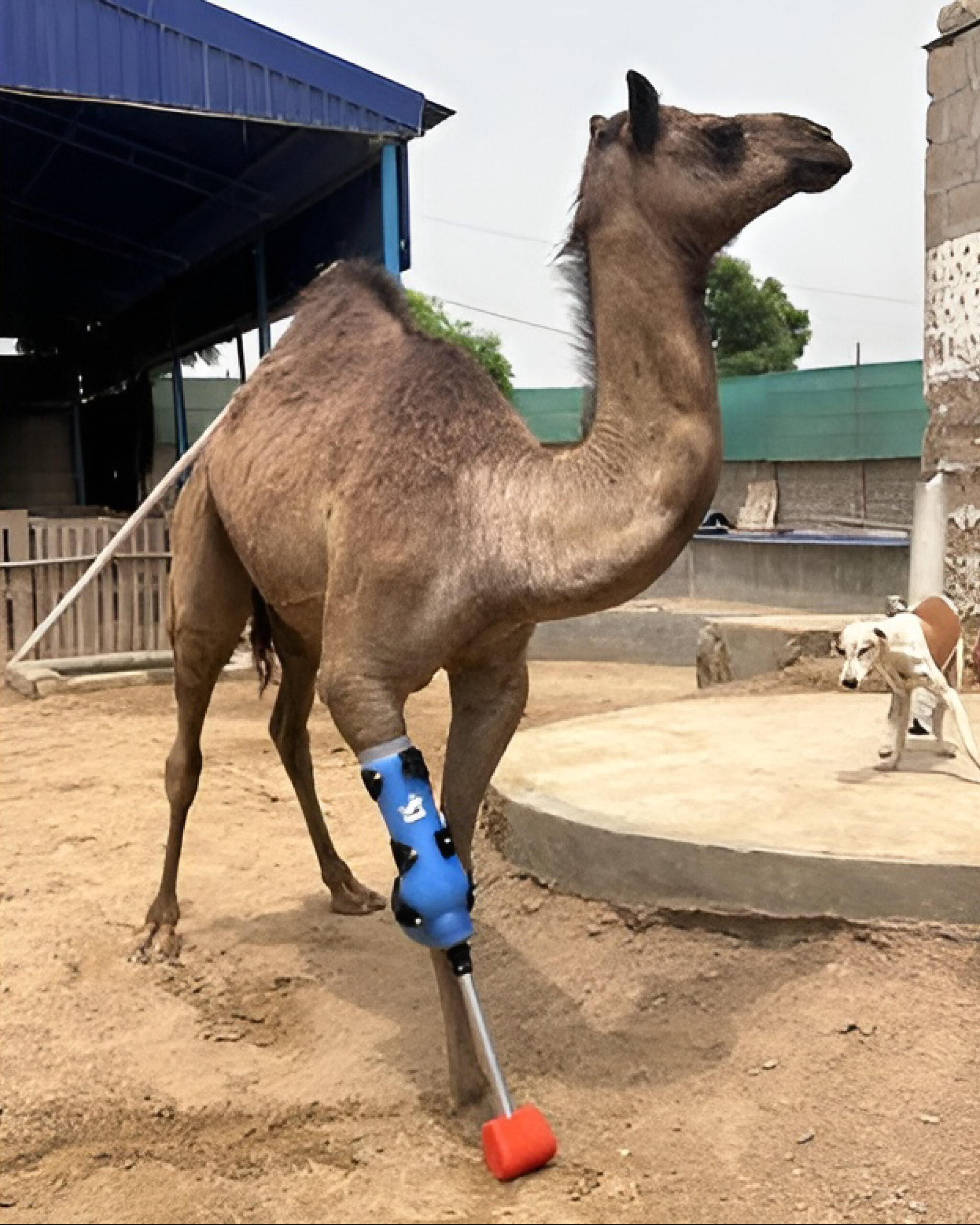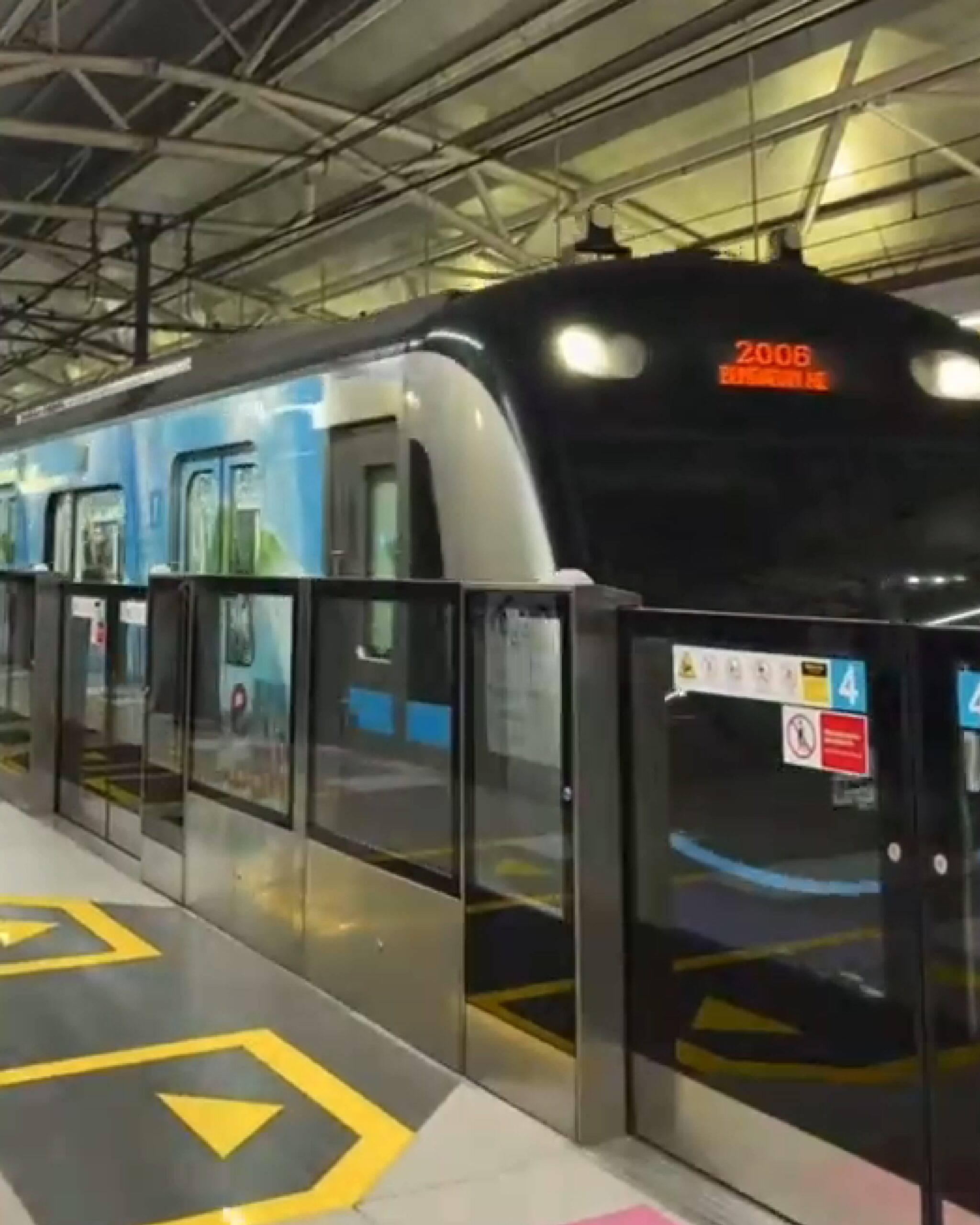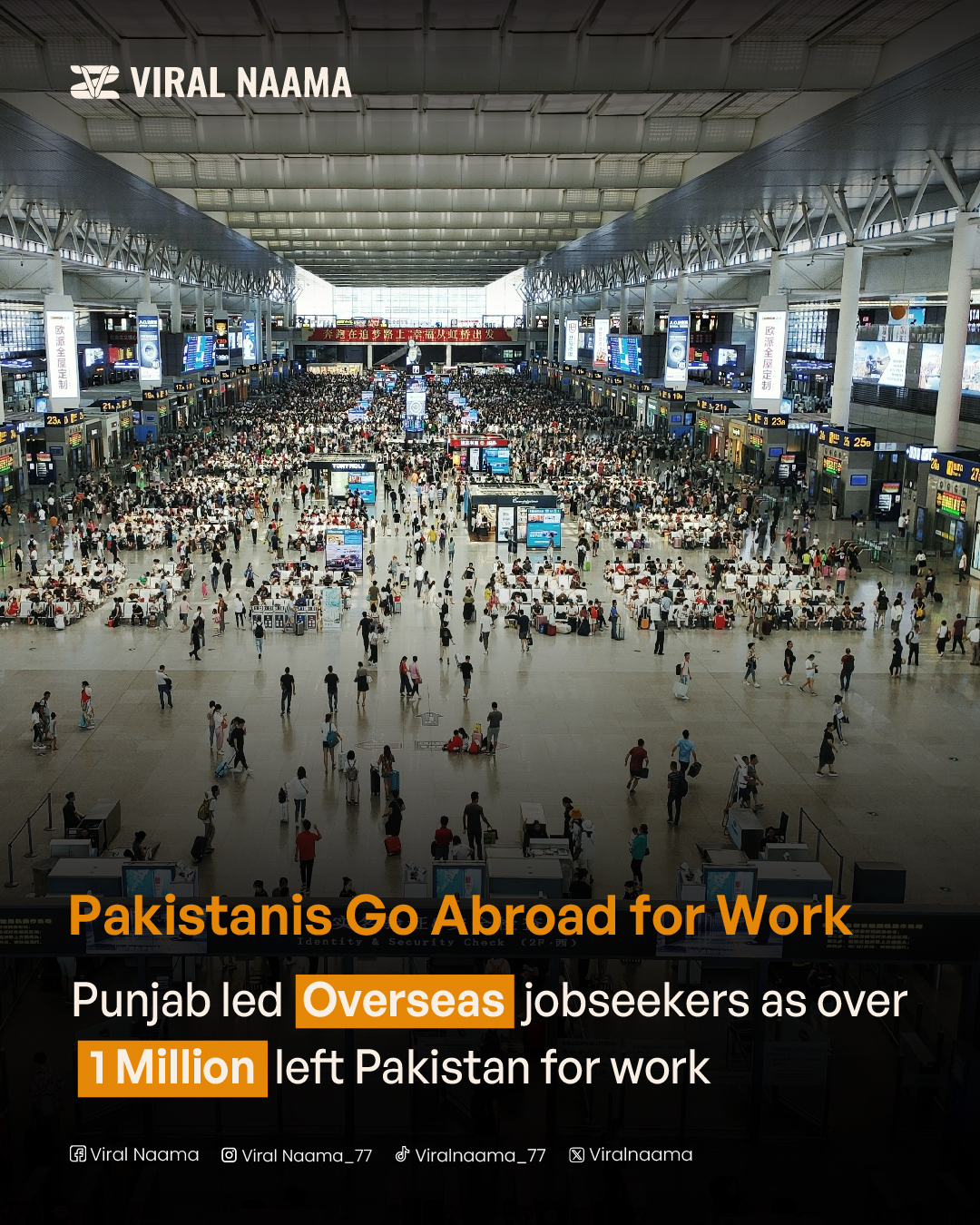
Microsoft’s Implementation of AI for specific roles has led to 9,000 employees job cuts.
In July 2025, Microsoft announced a sweeping round of layoffs, cutting approximately 9,000 jobs—about 4% of its global workforce. This move is part of a broader strategic pivot toward artificial intelligence (AI), with the company investing a record $80 billion in AI infrastructure and development. The decision has sent ripples through the tech industry, raising questions about the future of work, the impact of automation, and the evolving role of human employees in an AI-first world.
Why Did Microsoft Cut 9,000 Jobs?
- AI-Driven Restructuring: Microsoft’s layoffs are closely tied to its aggressive investment in AI. The company is reallocating resources from traditional roles to fund the development of expansive AI infrastructure, including datacenters and semiconductor technology.
- Cost Management: The massive $80 billion AI investment has pressured Microsoft to trim costs elsewhere, prompting workforce reductions across multiple divisions.
- Changing Work Patterns: Executives have emphasized that using AI is now mandatory for many roles, with performance reviews factoring in employees’ adoption of AI tools.
- Industry Trend: Microsoft’s move mirrors a broader pattern in the tech sector, where companies are slimming down legacy operations while hiring for highly specialized AI roles.
Divisions & Roles Most Affected
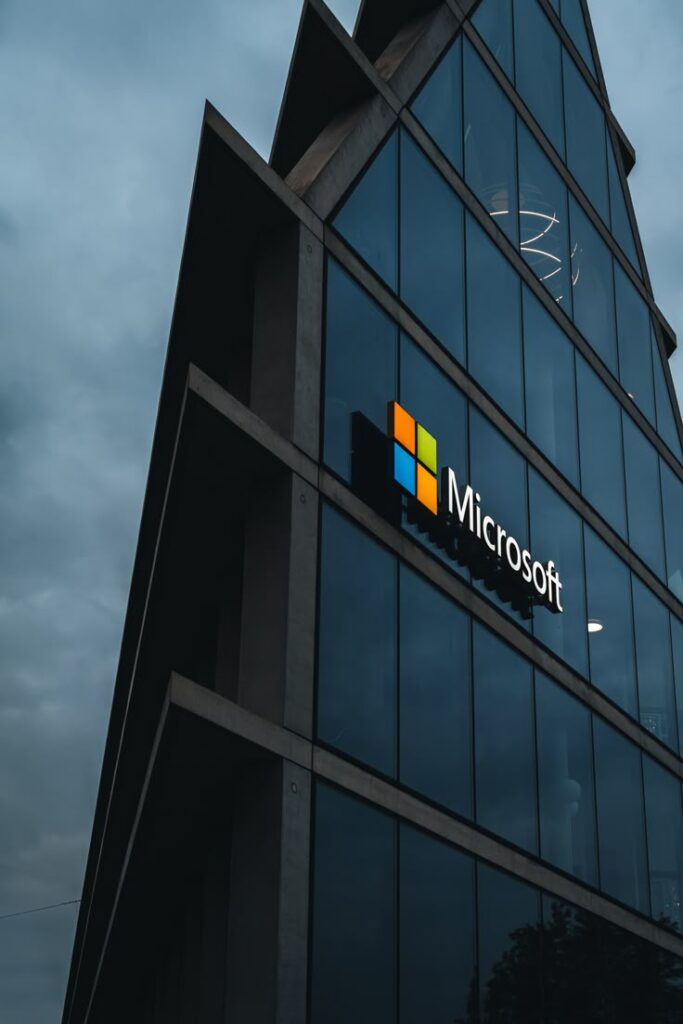
Key Reasons Behind the Layoffs
- AI Infrastructure Investment: Microsoft’s $80 billion commitment to AI is the largest in its history, aimed at building datacenters and developing next-gen AI models.
- Operational Efficiency: The company is reducing management layers and streamlining products, processes, and roles to increase agility.
- AI Adoption Mandate: Employees are now expected to integrate AI into daily workflows; those not adapting face greater risk of redundancy.
- Market Competition: Microsoft’s efforts to keep pace with AI leaders like OpenAI and Google have intensified the need for rapid transformation and technical upskilling.
Broader Industry Context
- Tech Sector Layoffs: Microsoft is not alone—2025 has seen over 100,000 tech jobs cut globally, with Google, Amazon, and Meta also making significant reductions, often citing AI investments as a driving factor.
- Automation & Job Security: While AI is touted as a productivity booster, there are growing concerns about its impact on entry-level and engineering roles, with software vacancies dropping sharply since the introduction of advanced AI tools like ChatGPT.
- AI-First Hiring: Even as some roles disappear, Microsoft and other tech giants are hiring aggressively for AI research, machine learning, and infrastructure positions.
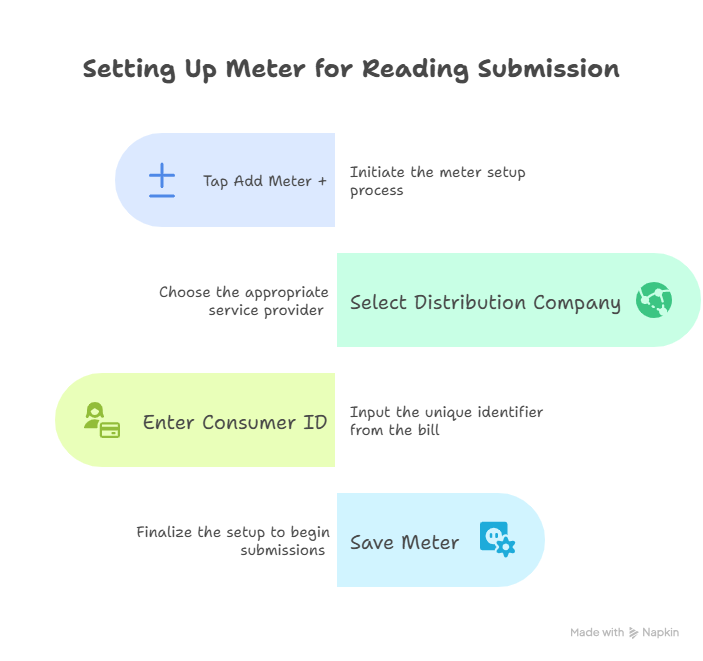
The Human Impact
- Widespread Uncertainty: The layoffs have sparked anxiety among tech workers, especially those in roles deemed easily automated by AI.
- Geographic Reach: While the cuts are global, over 800 jobs were eliminated in Microsoft’s home state of Washington, affecting Redmond and Bellevue offices.
- Transition Support: Microsoft has stated it will provide transition resources, but many affected employees face a rapidly evolving job market where AI skills are increasingly essential
Conclusion
Microsoft’s decision to cut 9,000 jobs in 2025 is a landmark moment in the tech industry’s ongoing shift toward AI-driven operations. While the company insists that AI is not directly replacing workers, the reality is more nuanced: automation is reshaping job roles, requiring employees to adapt or risk redundancy. As Microsoft and its peers double down on AI, the future of tech employment will depend on the ability of workers to reskill and thrive in an increasingly automated world






